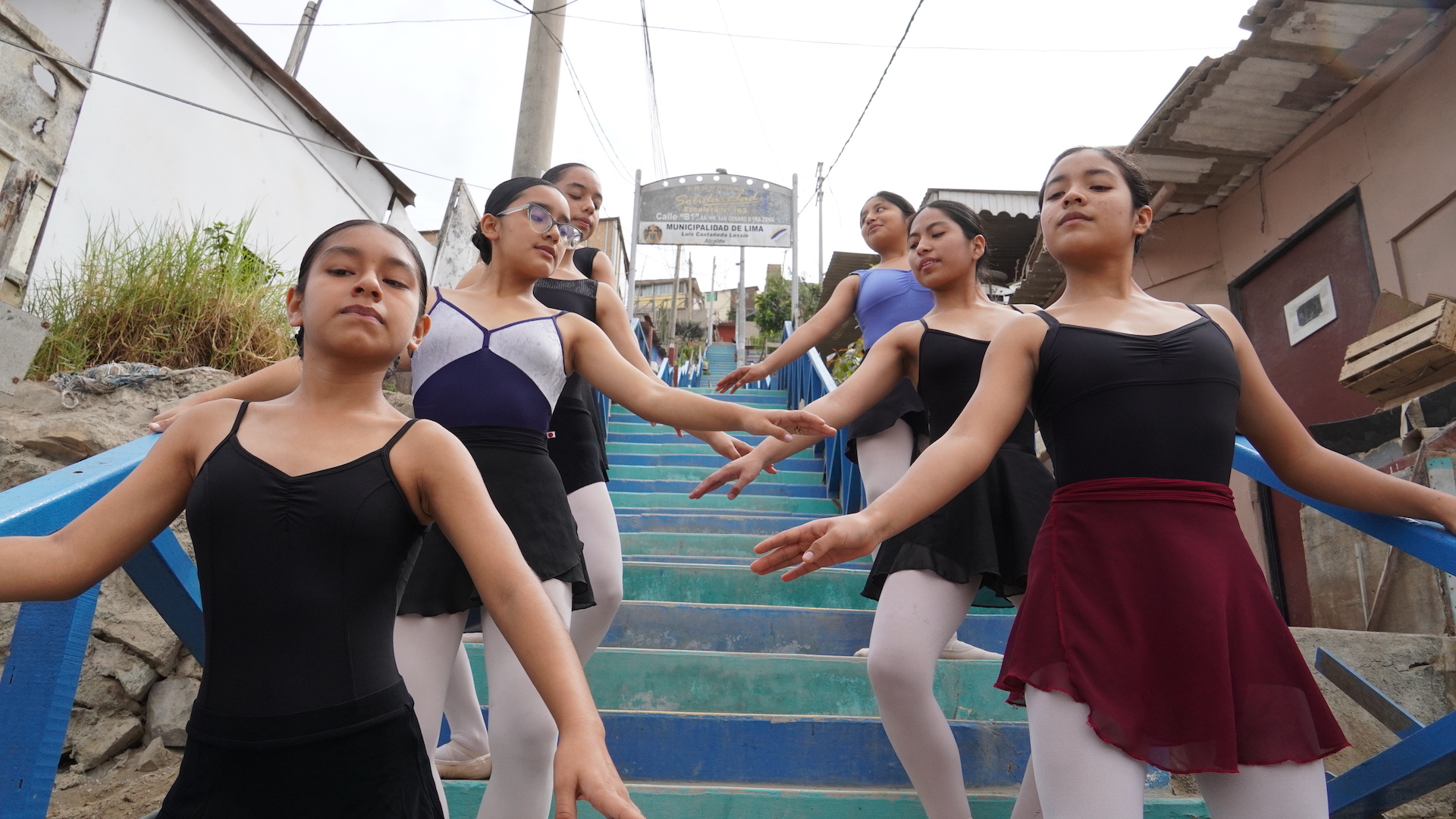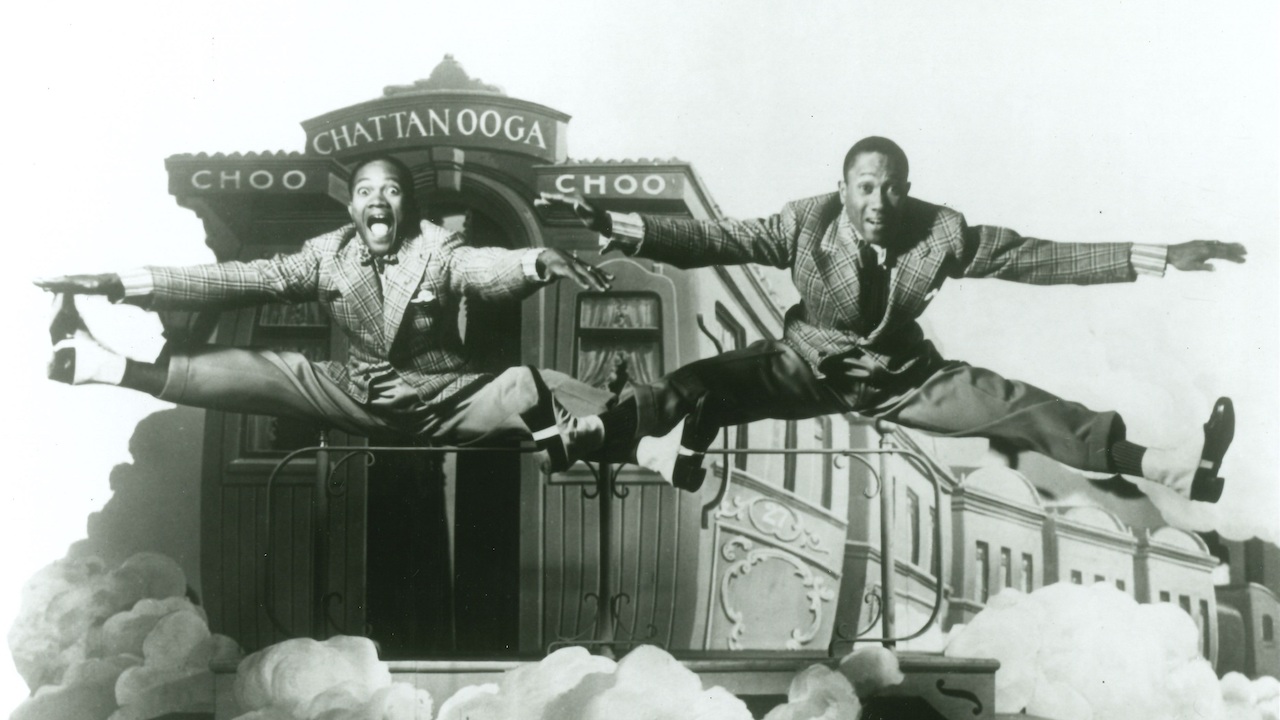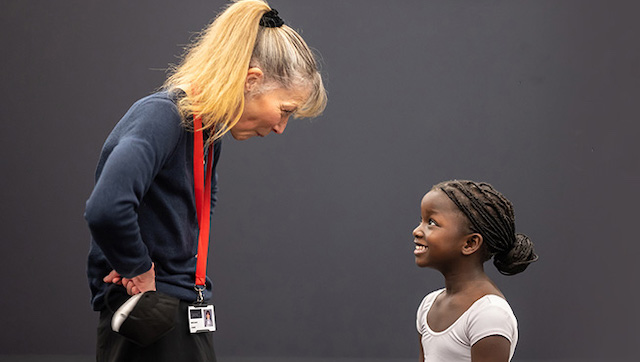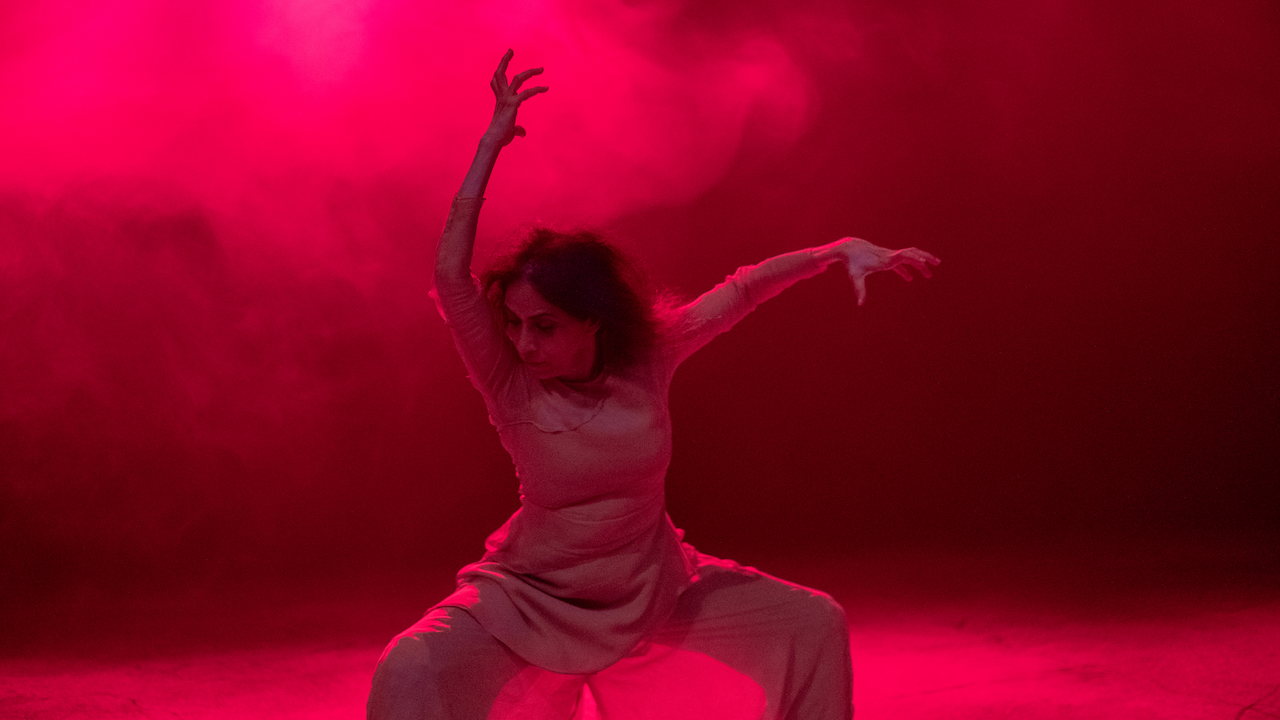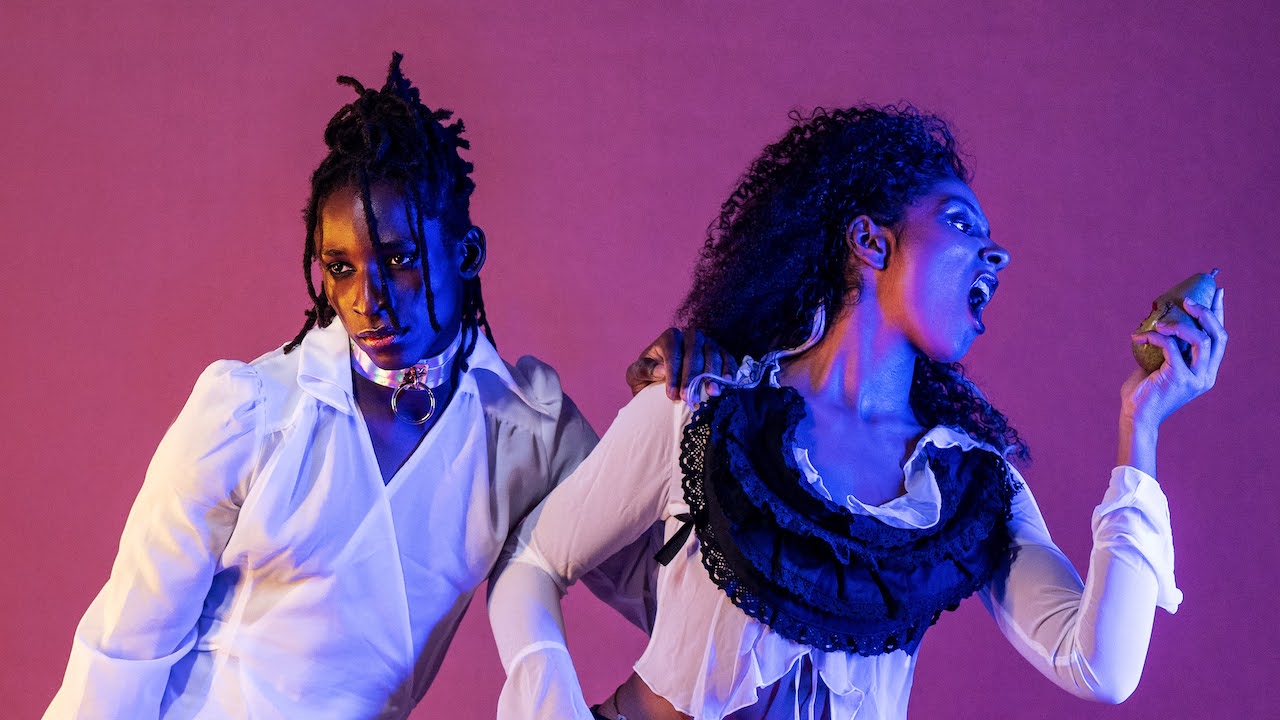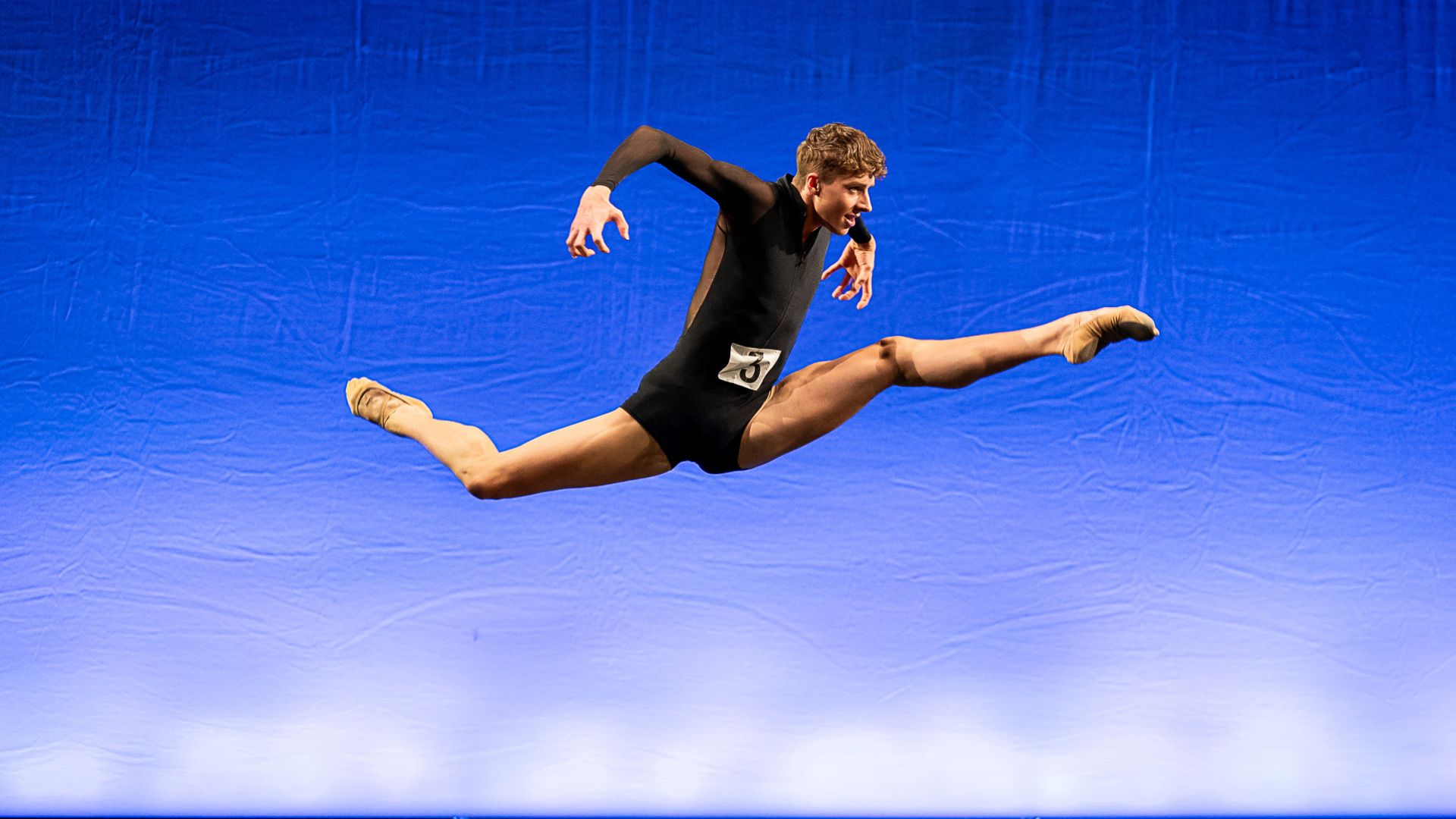Those of us alert to news about a cracking action movie perked up when a trailer for Ballerina: A John Wick Spinoff whooshed in. Dance Gazette readers may not have encountered the four Wick films (2014–23), stylish noir fantasies starring Keanu Reeves. They seldom attempted the spectacular stunts central to the Mission Impossible series, but their action sequences were abstract ballets. Fighting variations for principals and corps routines, like Balanchine with thuds.
So it promises well that Ballerina has picked up an idea from Wick III in which crime Godmother Angelica Huston directed an orphanage of dancers. ‘Art is pain and life is suffering,’ she responded to their agonies. And that it has Ana de Armas as a ‘ballerina by day, assassin by night’. (Does she dance only in matinees? Still have to attend class after a long night’s murder?) De Armas’ cameo in the last James Bond, No Time to Die, was a big salsa number of mayhem, in which she filled the screen with lethal actions timed between beats. Ballerina’s trailer is terse and its clearest line – ‘Dancing is just another way of fighting,’ says De Armas – puts a great idea the wrong way round.
Because that should be ‘fighting is just another way of dancing’ in the movies of the past 30 years: movement within a physical vocabulary familiar to the audience. It’s choreographed – envisaged, maybe story-boarded, sequenced from known components that can be notated, learned, rehearsed to superspeed. When it comes off, it exhilarates just like dance. Douglas Fairbanks in silent movies flowed one form into the other.

Fighting is just another way of dancing in the movies of the past 30 years
Veronica Horwell
We went to class with Independent Drama, an academy of safe fake violence in the arts zone besides the River Lea, east London. For a beginner’s course in the knife, the most difficult weapon to make look dangerous, as taught by ID chief Ronin Traynor. He’s quiet, neat-bearded, like a captain of musketeers with no need for swagger (though swashbuckling is on the academy curriculum), and before the students ever met their first rubber knife, he’d already planned the fight of over 60 moves they’d perform for their end-of-course exam. Knife fighting is a useful performance skill, Weapons 101, as theatre finds it a small-space, modern-dress substitute for swordplay in the classics, while in the movies it’s better suited to female leads than a punch-up. Ups the stakes with smashing teeth.
Unsurprisingly to those of us who like dance and havoc, five of eight students were women. The littlest and fiercest had been drawn in by a college Romeo and Juliet, and after drama school had taken courses in rapier with dagger, small sword, broadsword, unarmed combat, swashbuckling and quarterstaff. An Icelander had ambitions to upgrade fracas in her nation’s entertainments. The other three were all dance-trained: an Italian actor; a Dance Gazette reader, studying theatre at university, who had passed all her RAD ballet exams just like her role model Michelle Yeoh. And Phoebe-Elizabeth Royal, Ronin’s demo partner, who drifted into action when her musical theatre studies crashed after serious injury, and a movie-extra manager noticed how gracefully she ‘died’. The three guys were all actors, deft on their feet.
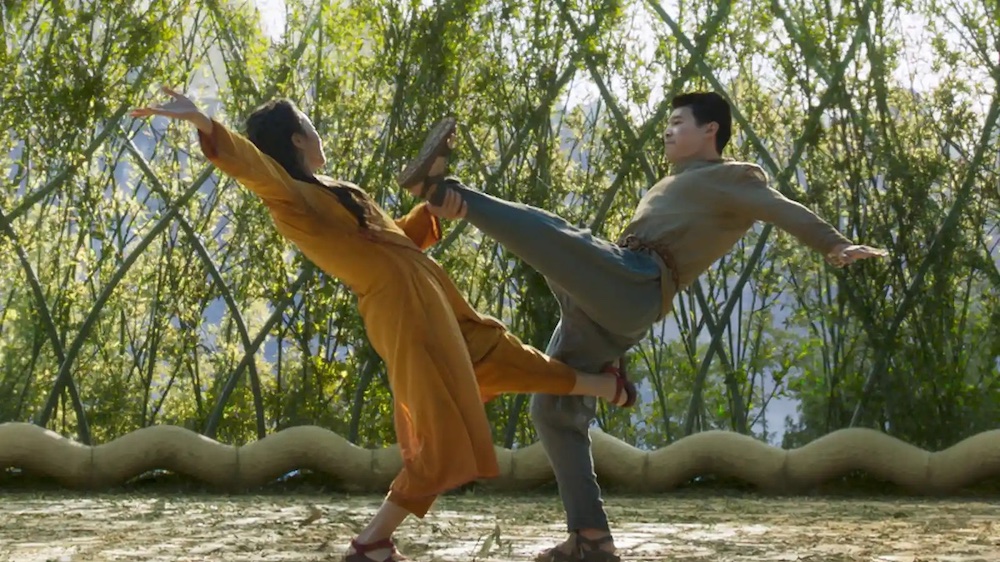

One action student was a Dance Gazette reader who had passed all her RAD exams
Veronica Horwell
All picked up their prop knives on the first morning and experimented with a few inches of super-blunt blade sticking out of their fists. Ronin taught them the formal grips – reliable hammer hold to horror-movie poster upraised icepick – and the slash, stab, cut, thrust attacks and check-and-block defences. Most fights are pas-de-deux, and the class paired off to practise the moves one at a time, build them into phrases and segue those into scenes; it helps in memorising moves that combat logic governs every strike and duck.
In dance terms, a fight has many and varied ports de bras but few formal steps: back passant, forward passant, a half-sideways passant (nicknamed the ‘Brad Pitt’ because he demonstrated it in Troy) that slows an advance to keep action from crossing stage or screen too soon. But performed combat is an all-body choreography, where square-on core position and hip thrust sell an attack’s power, and nimble footwork and core moves simulate reaction. (Everybody gets to dance backwards in a well-directed fight.)
Staged knife fights look exciting because they demand closeness, with fighting measure at most an arm’s length. Yet for safety’s sake, body contact in each segment of nastiness is negotiated by the combatants, so each action in duels that would eventually end in slit throats and pierced hearts was talked through in Jane Austen-polite conversations: ‘Can I slide my hand down your arm? (to snatch a weapon); or, ‘Could you swing the knife higher?’ (over the head when pretending to slash a face). ‘Is here OK?’
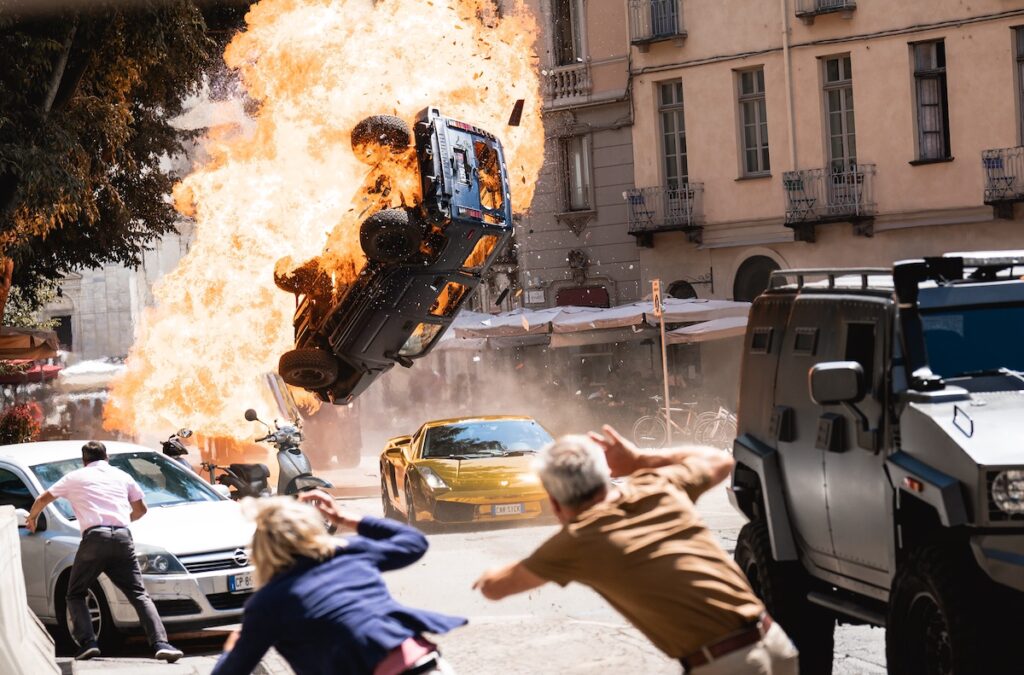
Besides gaining command of the over arm, twist, flip knife from hand to hand, try to gut opponent, the students learned how pretend violence is sold to audiences by acting. Combatants ‘taking’ a hit that doesn’t touch them have to mime its effects, and what happens physically to the body determines breath, grunts, speech. Pairs borrowed situations from TV and movies to dramatise the standard basic fight through character and motive until by the exam, the prescribed moves felt personal. The shortest woman ducked under the elbow of the tallest man to dodge his point.
The least likely scenario was the Friends infidelity spat, though this Rachel went for Ross with a blade instead of a rolled-up newspaper. (Spoiler: it did not end well.) The natural pairing of the trained-ballet-dancers had been serious all week, coached by Ronin beyond awkwardness with affray’s ugly lines – ID’s gym is soundproofed but has no mirrors; they evaded elegantly, less sure in attack. In final performance, the Yeoh fan channelled Evelyn from Everything Everywhere All At Once and their routine was horribly funny. A sudden joke in action is worth ten elaborate stunts.
That exam? They all passed.
Filling the screen to its corners, which dancers do so well, crossed over into global film action around 30 years ago, when Hong Kong-made martial-arts movies went from cult to mainstream. Traditional Chinese arts performers aspire to defy gravity, fly, bound leagues on tiptoe, and the cinematic secret to simulating this is wirework. A simple contraption like an outline of a pair of knickers girdles a performer, passes under the groin, and clips to overhead wires at the hips. (Socks stuffed in soften soreness. Art is pain.) Performers dangled on these gimbals can somersault, spin, twist, leap between rooftops, live every dancer’s dream to jump and never return to earth.
As technology made it easier to erase evidence of anti-gravity infrastructure from film, the resulting lightness of being and suspension of disbelief enchanted audiences, including Hollywood directors. The Wachowskis contracted the leading Hong Kong director Woo-Ping Yuen for The Matrix series, since wirework feels as if it suspends time as well as gravity. Ang Lee had him in for Crouching Tiger, Hidden Dragon: balletic Yeoh, and Chinese national dance star Ziyi Zhang, duelling as much above as on the earth.
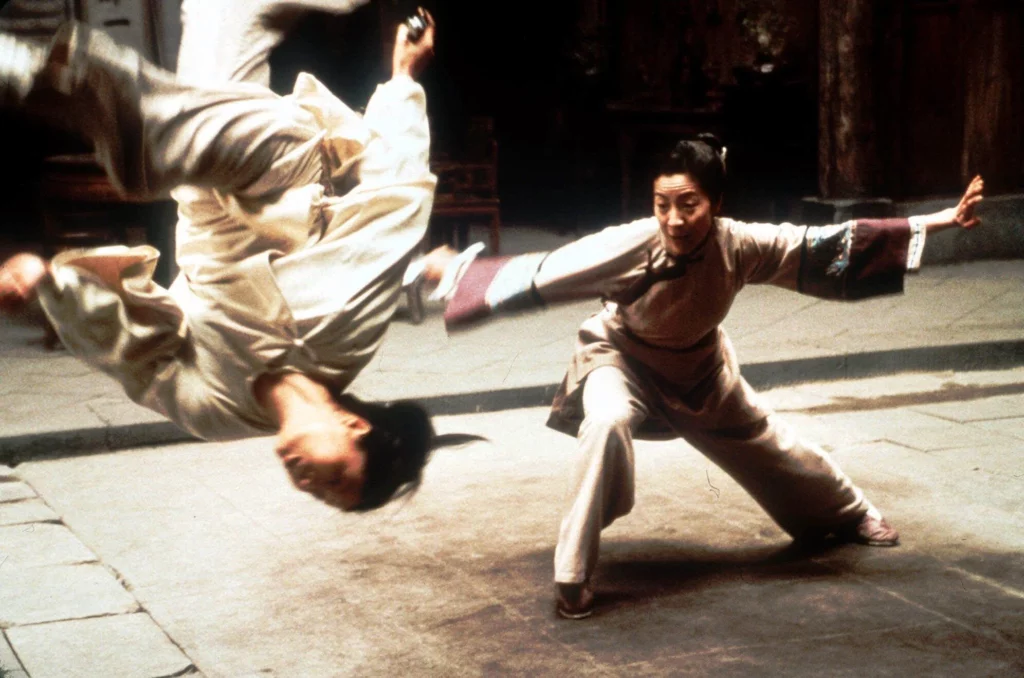
Wirework performers can live every dancer’s dream to jump and never return to earth
Veronica Horwell
In the past 25 years, stunt-curious performers have learnt simple wirework too. As well as fight, ID teaches flight in a lofty circus gym, very different from its free-ranging combat space, as each student practises solo, taking turns on rigs fixed from high rafters. On some, a single teacher can wind a student up high on wires, to circle down in a slow float, showboating to the ground. Other mechanisms are based on the earthy truth that for every performer who ascends ‘weightless’, three stout pro stunt riggers haul the other end of ropes; one jumps down hard a metre or more, thump for the initial lift energy.
That impetus, pulley-amplified, powers effects familiar to all action fans. Students effortlessly sprinted up walls, span down with prop sword in hand and despatched an enemy on a light landing. A ballet-trained student slid on wires across the gym to perfect her exquisite shapeshifting creature-work, courtesy three sweaty riggers in long shorts and baseball caps. Phoebe-Elizabeth found a way to die ungracefully, slammed flat on her back by a wire’s end.
Besides being the muscle, and of course the safety, riggers served as tutors and soothers – all regularly work in film and TV and explain how seeming seamless scenes of superhuman action need days of rehearsal, many takes from multiple camera angles, and are anyway spliced together, death improved by a thousand cuts. What’s crucial is that performers commit to exploring space, and understand, as dancers do best, the privilege of even brief flight. ‘Don’t worry,’ said a vintage pro to a student who dropped a prop rifle when a wire on a torso rig jerked him, limbs wild, high into the air; he crashed magnificently into a nest of mattresses. ‘You can never have too much flail.’
Ballerina opens next summer. Can’t wait.
Watch
‘Dancing is just another way of fighting’: a teaser for Ballerina, the John Wick spin-off starring Ana de Armas
Zhang Ziyi attacked in the teahouse in Crouching Tiger, Hidden Dragon
RAD-trained Michelle Yeoh in Shang-Chi
Veronica Horwell is a writer for the Guardian among other publications.


